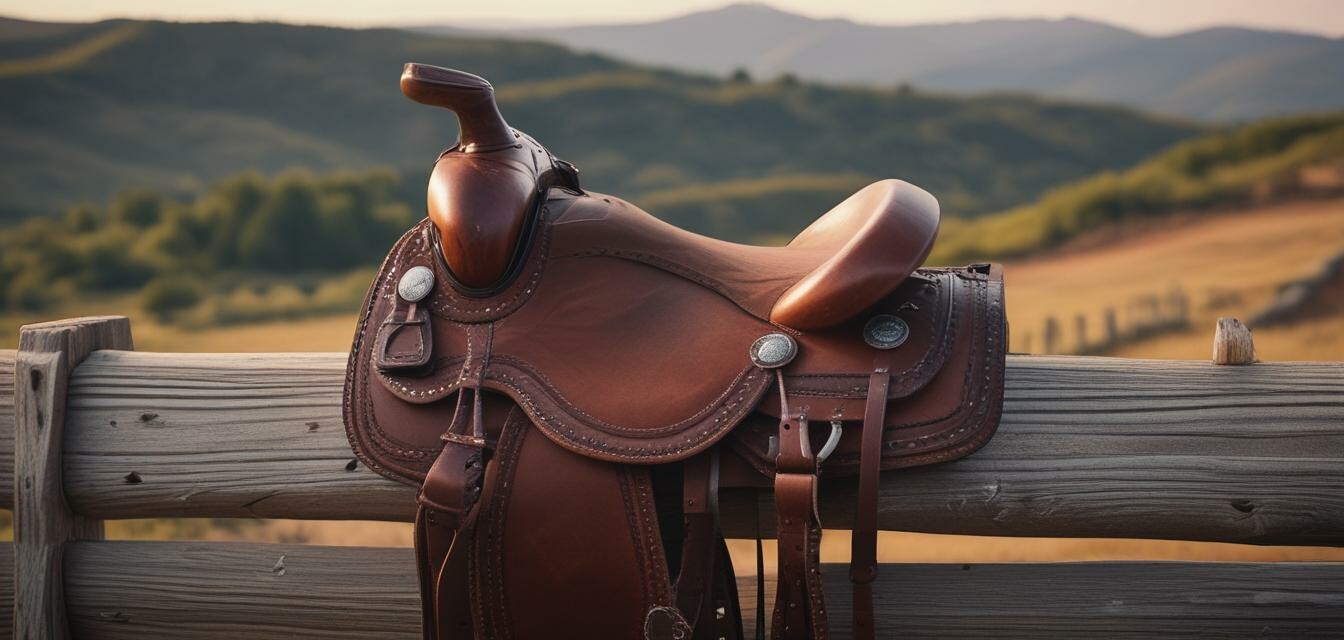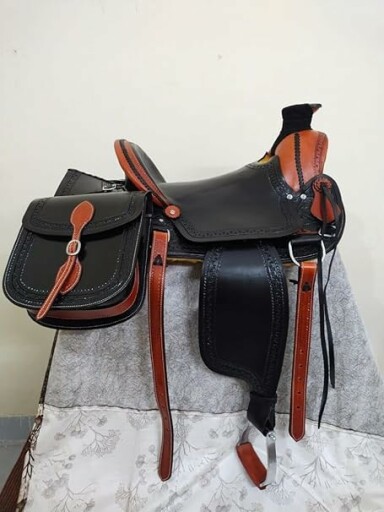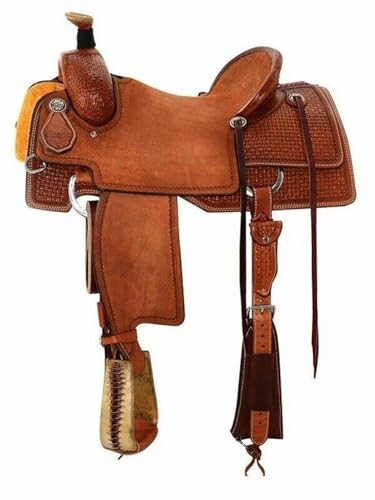
Choosing the Right Horse Saddle for Trail Riding
Key Takeaways
- Comfort and fit are crucial when selecting a saddle for trail riding.
- Consider the saddle's construction material, as it affects durability and weight.
- Match the saddle size to both the rider and the horse for optimal performance.
- Evaluate additional features, such as saddle bags and matching tack sets.
When it comes to trail riding, selecting the right horse saddle can make a world of difference in your overall experience. The demands of a trail ride mean that comfort, fit, and functionality should be your primary considerations. This guide will walk you through the essential factors to keep in mind while choosing a saddle, along with recommendations for some of the best options available.
Factors to Consider When Choosing a Saddle
1. Comfort
The most significant factor in selecting a saddle is comfort for both the rider and the horse. A comfortable saddle allows for longer rides without fatigue. Consider features that enhance comfort such as:
- Padded seat
- Adjustable stirrups
- Wide gullet for horse breathability
2. Fit
Getting the fit right is essential. A poorly fitting saddle can cause pain and discomfort for your horse. To ensure the best fit:
- Test the saddle on your horse before purchasing.
- Assess the gullet width and seat size to match your equine partner.
- Look for a saddle that allows freedom of movement for the horse’s shoulders.
3. Material
The material of your saddle will impact its durability and weight. Common materials include:
- Leather: Durable and offers a traditional look.
- Nylon: Lightweight and easy to maintain.
- Synthetic options: Often cheaper and resistant to weather elements.
4. Features
Trail riding often requires additional storage for gear. Look for saddles that have:
- Built-in saddle bags
- Matching tack sets for a cohesive look
- Versatile designs to accommodate various riding styles
Recommended Products
Here are two excellent saddles that cater specifically to trail riding needs:
A Fork Wade Tree Western Leather Saddle
This saddle features an 8.5 inches wide gullet and is crafted from high-quality full grain leather, providing unmatched comfort for trail riders.
Learn MoreWestern Roping Saddle Wade Roper
Available in sizes from 14" to 18", this leather saddle is designed for the serious trail rider looking for durability and classic style.
See ProductTypes of Saddles for Trail Riding
| Type | Best For | Features |
|---|---|---|
| Western Saddles | Long Trail Rides | Durable leather, deeper seat, and often has extra storage options. |
| English Saddles | Shorter, more technical trails | Lightweight, closer contact with the horse. |
| Hybrid Saddles | Versatile riding styles | Combination of both Western and English styles, offering flexibility. |
Paying Attention to Your Horse’s Needs
When selecting a saddle, it’s important to evaluate your horse's needs as well. Here are some tips:
- Ensure the saddle does not pinch or restrict movement.
- Monitor your horse's reaction when using the saddle for the first time.
- Regularly check for signs of discomfort or wear on your horse's coat under the saddle area.
Final Thoughts
Choosing the right saddle for trail riding involves careful consideration and understanding of both rider and horse needs. By focusing on comfort, fit, material, and features, you can ensure a more enjoyable trail riding experience. Don’t rush the selection process; take your time to find the saddle that works best for you and your horse.
Pros
- Improved comfort for long rides
- Enhanced safety through proper fit
- Durability for various trail conditions
- Options for additional storage
Cons
- Higher initial investment for quality saddles
- May require adjustments for optimal fit
- Heavier weights of some materials
Additional Resources
If you want to dive deeper into your saddle selection, explore our other resources:


